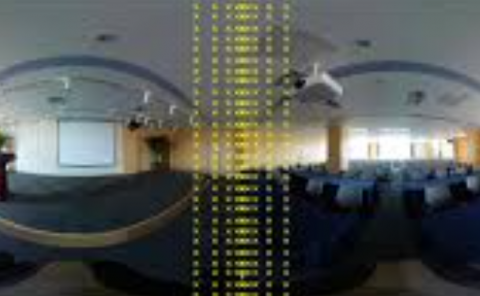The Impact of Augmented-Reality Head-Mounted Displays on Users’ Movement Behavior: An Exploratory Study
PubDate: Jun 2019
Teams: University of Konstanz
Writers: Yunlong Wang, Harald Reiterer

Abstract
The augmented-reality head-mounted display (e.g., Microsoft HoloLens) is one of the most innovative technologies in multimedia and human-computer interaction in recent years. Despite the emerging research of its applications on engineering, education, medicines, to name a few, its impact on users’ movement behavior is still underexplored. The movement behavior, especially for office workers with sedentary lifestyles, is related to many chronic conditions. Unlike the traditional screens, the augmented-reality head-mounted display (AR-HMD) could enable mobile virtual screens, which might impact on users’ movement behavior. In this paper, we present our initial study to explore the impact of AR-HMDs on users’ movement behavior. We compared the differences of macro-movements (e.g., sit-stand transitions) and micro-movements (e.g., moving the head) between two experimental modes (i.e., spatial-mapping and tag-along) with a dedicated trivial quiz task using HoloLens. The study reveals interesting findings: strong evidence supports that participants had more head-movements in the tag-along mode where higher simplicity and freedom of moving the virtual screen were given; body position/direction changes show the same effect with moderate evidence, while sit-stand transitions show no difference between the two modes with weak evidence. Our results imply several design considerations and research opportunities for future work on the ergonomics of AR-HMDs in the perspective of health.

